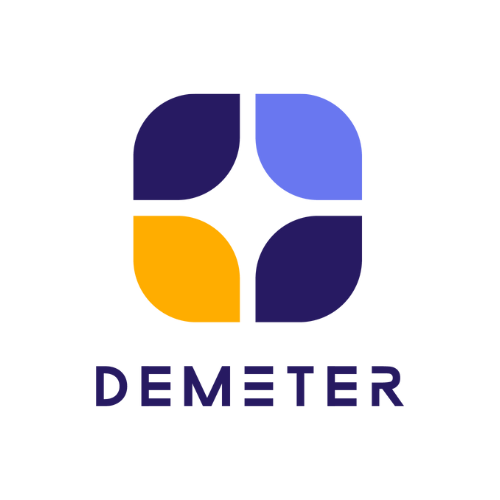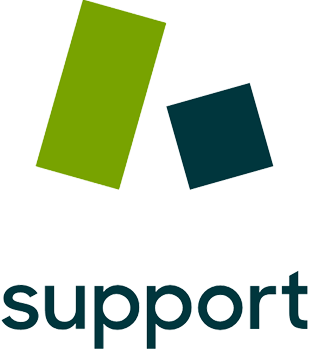
Use Case
Internal
Department Staff
400
Yearly Impatients
34,000
Website Visits
17,500
Products Used
The Royal Children’s Hospital Melbourne (RCH) website is consistently ranked as the top hospital website in Australia.
The RCH is the major specialist pediatric hospital in Victoria, providing outstanding care for children and their families in Victoria and beyond. The RCH treats more than 34,000 inpatients and has almost 250,000 outpatient appointments each year.
The RCH website also does an important job: helping visitors. Whether it’s parents with sick children, the patients themselves, or health professionals looking for information, visitors can find what they’re looking for quickly and easily without having to call the hospital.
“Website content is contributed by a team of more than 400 hospital staff, across 160 departments, with technical support provided by our web team. Having a cloud-based help desk has made a real difference in how we communicate with this extended team of content experts, enabling us to be more confident and efficient in handling queries,” said Adam Leadoux, the hospital’s webmaster.
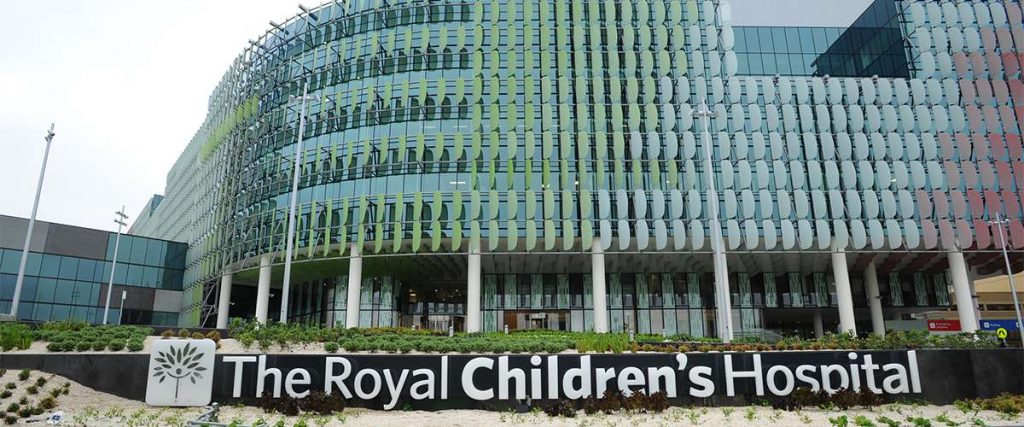
The RCH Website forms a vital part of the services the hospital provides. It hosts information about the hospital, child health information, and guidelines for health professionals. Over 7,500 pages serve more than 17,500 visitors a day, who view more than 55,000 pages.
The website’s success is proven by the #1 ranking it’s earned for seven (and counting) years in the Health and Medical Hospital’s category of the annual Hitwise Online Performance Awards—which recognise excellence in online performance through public popularity.
The RCH uses a content management system (CMS), accessed by approximately 400 regular content providers, who publish autonomously whenever possible. However, there are instances where they can’t, and as a result, Leadoux and his team of four are contacted to assist.
Leadoux explained, “Increasingly, our content contributors have technical requirements that are more sophisticated or complicated than the CMS can handle, or simply require assistance with online publishing best practice. We also deliver a range of web development services such as online forms, surveys, web analytics and custom applications, and we manage support for these services via an online help system.”
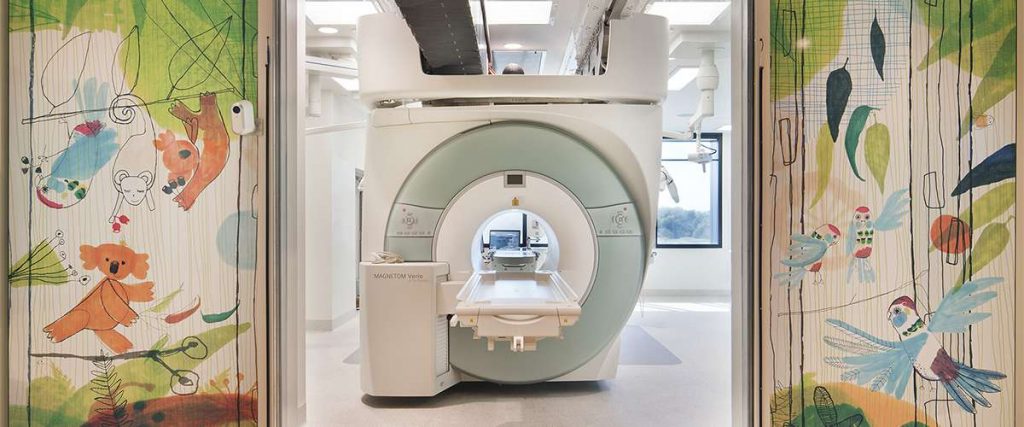
However, as Leadoux highlighted, “While it was an improvement over using email and phone, our former help system, an internally-hosted support solution, did not provide an efficient and collaborative way of helping the web team manage requests. The feature set was limited, and we were continually running patches and updates, which was time-consuming for us and keeping us away from the real job of providing support. We knew we could improve the overall user experience.”
Leadoux looked around online for an alternative and identified Zendesk Support as matching the team’s functional requirements. “We put it through its paces quite extensively in an eight-week trial. It worked well and was easy to use, regardless of technical ability.” The system went live in August 2011. “The transition to the new help desk was fast and smooth,” Leadoux said. “We didn’t require any formal training. The web team found the system intuitive and efficient.” This was especially important considering they’re a small team supporting a large and active CMS user base.
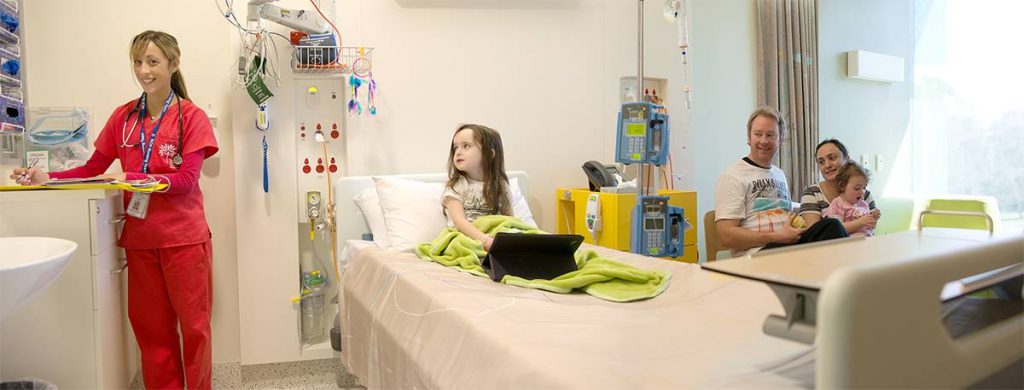
Most requests for help come into the RCH web team via email. With the previous system, these had to be manually pushed into the ticketing system—both a time-consuming and complex process. Now emails come into Support, creating tickets that are automatically forwarded to the appropriate member of the team according to a set of predetermined business rules. These rules help prioritise tickets, and pre-set triggers can automatically send responses to frequently asked questions. If a user calls, the team can see the status of the ticket—whether the request is complete or if the issue is ongoing.
Switching to Support had an immediate and positive impact. “We have a solid, transparent, and centralised system. We can work more collaboratively and effectively; typically work gets directed to the person most relevant, but we can also all see each others’ tickets, which is important if a member of the team is away. It makes the team more confident and competent,” said Leadoux.
These gains have also made it easier to provide better, more accurate reporting, capturing for the first time all requests the team receives. “Transparent workflow and accurate reporting are seen as great features by our management team,” Leadoux said.
